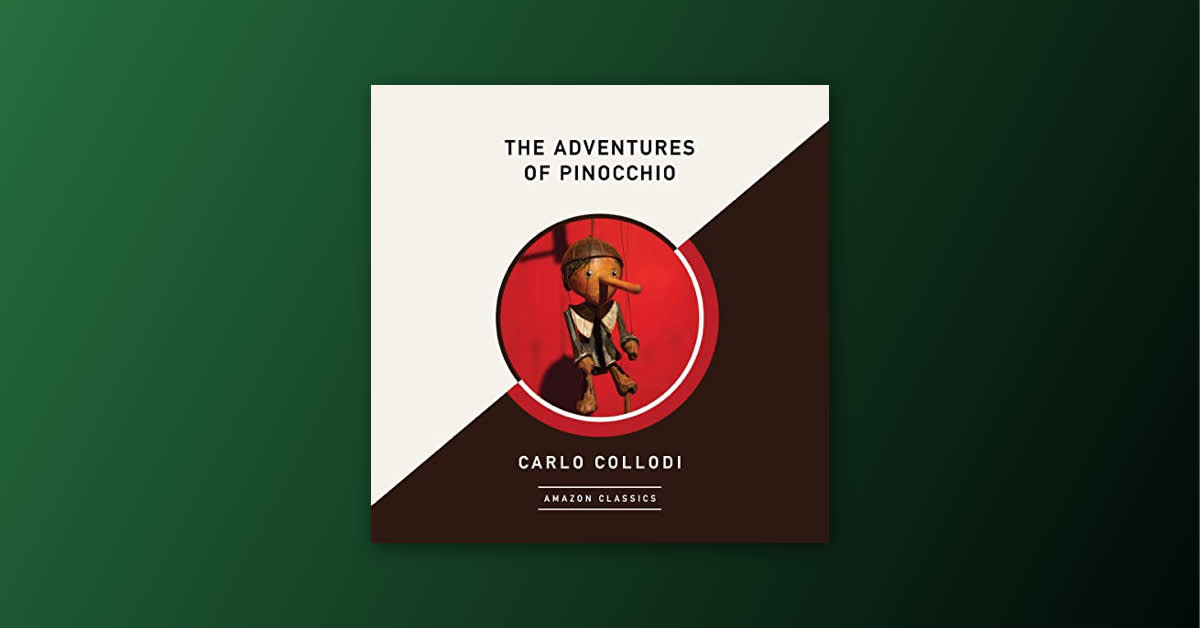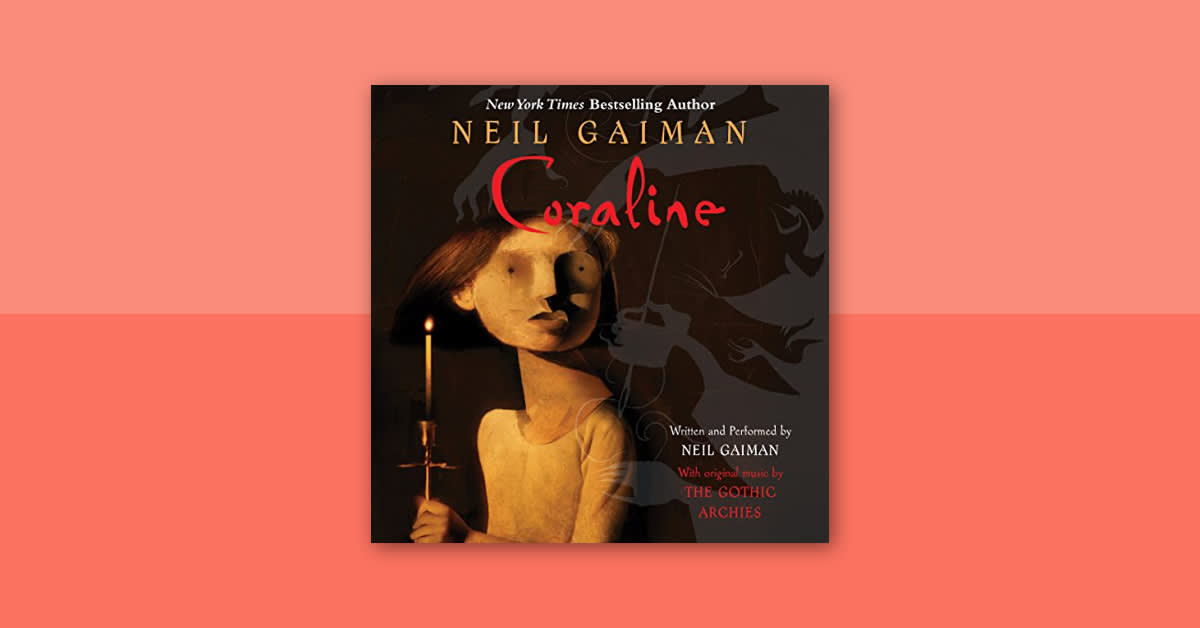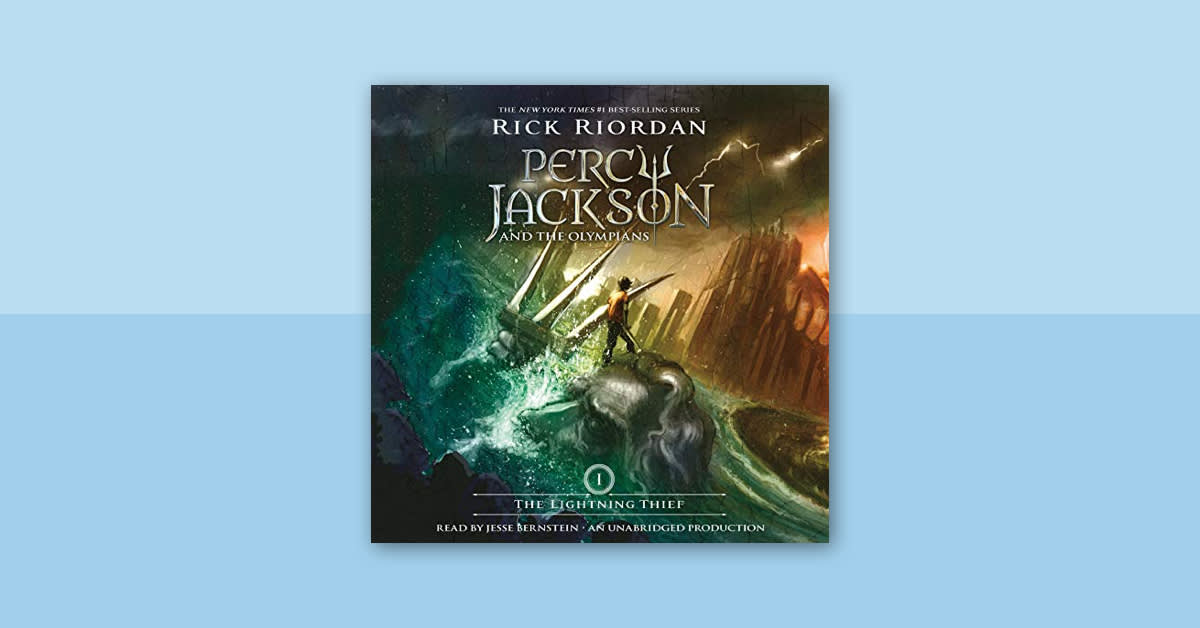Like Guillermo del Toro, as a child I found Disney’s Pinocchio frightening. In fact, my nose might grow a few inches if I even try to pretend I revisited its plot prior to now. However, as a fan of the acclaimed director, I gave his new stop-motion adaptation of the classic a chance to win over my heart, and boy oh boy, did it. From the moment I pressed play on del Toro’s dark interpretation of Pinocchio now streaming on Netflix, my curiosity about the strange and slippery story swallowed me whole like a whale (or should I say, a dogfish).
Inspired by the movie, I cozied up to Carlo Collodi’s 1883 novel by listening to Simon Vance shine as brightly in his performance of this story as del Toro’s star-studded cast. And since hearing the original, I have not stopped thinking about how beautifully del Toro pulls threads from Pinocchio’s origins to tell his own entirely unique yet authentic version of the tale. Because I cannot stop talking about it, I am delighted to share what I have found in my deep dive on this children’s classic. (Warning: spoilers ahead!)
Who was Carlo Collodi?
Guillermo del Toro’s deep reverence for literary history shines in all of his projects, and his Pinocchio is no exception. In fact, his heartfelt ode to the story’s creator serves as more than just a passing allusion in this adaptation. Geppetto’s late son, an original character written for the film, is named Carlo, and Collodi’s legacy shadows many of the movie’s key emotional moments, illuminating just how much Pinocchio and Geppetto mature throughout their adventure.
Born in Florence in 1826, the author born Carlo Lorenzini focused his early career on publishing political pamphlets, as well as volunteering to fight during the Italian Wars of Independence. After establishing himself as a satirist, he adopted his pen name (a reference to his mother’s hometown) in 1860. Following the unification of the Kingdom of Italy in 1861, he turned his attention to writing for younger readers. He published what many scholars consider to be the first internationally known work of Italian children’s literature, Le avventure di Pinocchio, in 1883. Like many fairy tales, the novel is underscored by thinly veiled critiques of social class and greed, as well as a moral message that Collodi hoped might inform his young nation’s developing sense of identity.
What is Pinocchio about?
At its heart, Pinocchio toys with the idea of how a proper boy should act, ultimately offering a lesson in disobedience. In fact, no matter how hard he tries, the titular puppet cannot seem to help behaving like an imp. Impulsive and forgetful, he is far from the poster child of virtue, but perhaps because of his imperfections, he is modeled all the more authentically after true human nature. Beyond his magical nose, he is well-intentioned, which tends to lead audiences to trust in his underlying ability to grow as a character.
What does it mean to be a "real boy"?
As is often the case, the original version of Pinocchio is a bit darker than its classic Disney adaptation. In fact, when Collodi first played with a story arc for his puppet, he concluded Pinocchio’s adventures—which Collodi first wrote in serial form—in a brutal death by hanging. We can thank his devoted readers, who demanded to see the boy’s adventures continue, for the story we know today.
If you have watched the Netflix adaptation, you might see a parallel in the way Carlo Collodi revived Pinocchio’s character and Guillermo del Toro’s exploration of immortality in the film. Though wooden puppets never really “die,” del Toro’sPinocchio is literally ousted, over and over again, from residing in the underworld. Despite the initial perks Pinocchio finds in having seemingly infinite opportunities to make Geppetto proud, he soon discovers the pain in watching his loved ones die before him: an experience that perhaps defines what it really means to be human.
What is in a name?
Pinocchio has been resurrected as a character time and time again: by Collodi himself, in the story’s many adaptations, and as scholars continue to analyze the puppet as a Christ figure. Brought to life by the wood-working prowess of Geppetto (whose name does resemble Giuseppe, or Joseph), Pinocchio is a sort of “carpenter’s son,” which del Toro explores throughout his movie. In one of my favorite scenes from the film, Pinocchio approaches a crucifix and wonders why, if Jesus is made of wood, “everyone likes him, but not me.” In one fell swoop, del Toro dives in to the meat of his adaptation, which ultimately explores our relationships to icons.
How does Guillermo del Toro adapt its message?
Disobedience is recast as a virtue in del Toro’s Pinocchio, illuminating how stories hold the power to reexamine common narratives. And, with fascism on the rise across the world, setting the film during the era of Mussolini’s reign certainly makes a statement. By comparing his wooden puppet to a crucifix, the director questions why we revere the figureheads we do, and urges us to consider whether we are acting in accordance with the values taught by our systems of faith. Likewise, his portrayal of young boys fighting as soldiers for a regime for reasons they do not quite understand serves as a poignant reminder that being true to ourselves is more valuable than conforming to society’s unpredictable expectations of who, and who doesn’t, represent a proper boy.




